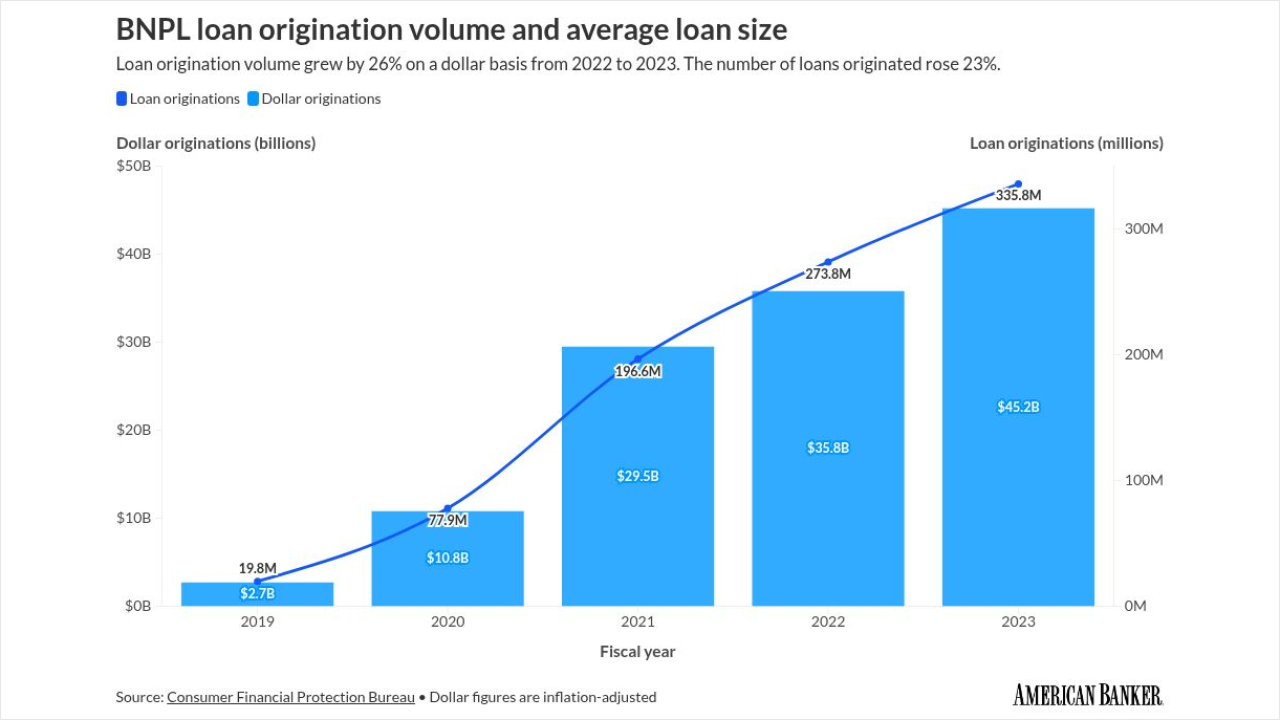Financial institutions are leaving millions of dollars on the table because they don't know how to talk to small-business owners.
Business banking is one of the hottest topics in financial services today. And for good reason. There are more than 24 million small businesses in the United States, with more being launched each day. However, most financial institutions haven't figured out how to hold and lead effective sales conversations with their small-business customers or prospects. The key to success is creating a total system complete with a solid infrastructure, commitment and accountability at every level, effective learning and marketing, and, above all, a constant focus on the customer.
Small businesses differ from larger companies in two important ways - ways that increase the market's appeal to banks. First, small businesses present multiple revenue opportunities. Bankers have the chance to build relationships not only with the company, but also with the executives or owners and with the employees. Secondly, small businesses are loyal, often choosing to work with just one bank.
But banks, as a whole, have not been successful in serving this market for these reasons:
- Value-added products. Many banks feel that the way to build a sales culture is to sell more products to small businesses. Clients seek trusted advisers that can solve their business problems. Once banks realize that the selling process is not me vs. you, but rather you and me vs. the problem, their sales environments will change radically for the better.
- Lack of targeted solutions. The services that banks provide for small businesses must be tailored to their needs. Small-business clients are looking for customized products, not something left over from the middle market.
Poor execution. Banks have spent millions on training, but the sales skills that are taught are many times not linked to what happens in the field.Despite these industrywide problems, some banks have discovered the key to success: a complete sales system. Creating a total sales system involves five key areas:
- Infrastructure. There's only one thing worse than not attracting customers - attracting them and not providing the service that was promised. Before sales efforts ever start, the back office must be ready to properly handle the business opportunities that will soon flow through the door. In addition, the use of technology as an enabler is non-negotiable. Banks must automate and network the sales force, using contact management programs that allow everyone to access the same customer information.
- Commitment and accountability. Many sales managers say they are involved in the sales culture. Involvement isn't enough. They must be committed to changing the culture. That commitment is demonstrated by action. Leaders also know that to build a self-sustaining, revenue-focused, client-centric sales culture, everyone in the process must be accountable. To increase accountability and sales success, leaders must coach incessantly; provide regular, immediate, specific feedback; offer one-on-one reinforcement; lead skill-based sales and pipeline meetings; and link outcomes with the activities and behaviors of their salespeople.
- A complete learning process. To keep a jet airborne, every part must work properly and in conjunction with the whole. The same is true of a sales culture. Yet many banks pour thousands of dollars into training and then ignore everything that comes after. To keep a sales culture airborne, training must be followed up with support from sales leaders, measurement, and ongoing training.
Effective marketing. Every small-business customer is not the same. To maximize sales efforts and marketing dollars, banks must categorize their small-business accounts by profitability. More resources should be spent on the most profitable customers.Effective marketing also involves creating a branding strategy with a consistent message from marketing through the sales experience. Too often, banks promise one thing in their marketing and something completely different when the customer is ready to talk. For example, if a bank positions itself as wanting to build relationships with small businesses, its business bankers should not push loans when meeting with small-business owners. Instead, bankers should provide what the branding strategy promised and build a relationship.
Banks should also realize that customers' experiences must be the same, whether they are using a branch, a call center, or the bank's Web site.
A focus on the customer. Small-business banking requires different products from other types of banking. It's not enough to simply modify products originally designed for large companies or retail banking customers. Banks must create brand new products geared for the unique small businesses they serve. Products must not be the focus of the sales process. The sales conversation must always stay focused on the customer; business bankers must position themselves as trusted advisers.To succeed, banks must stop talking and start doing. They must create cohesive, customer-focused systems.
Mr. Hubbard is executive vice presiddent of business banking at Frontline Group, a financial services sales training and consulting firm in Lombard, Ill.





